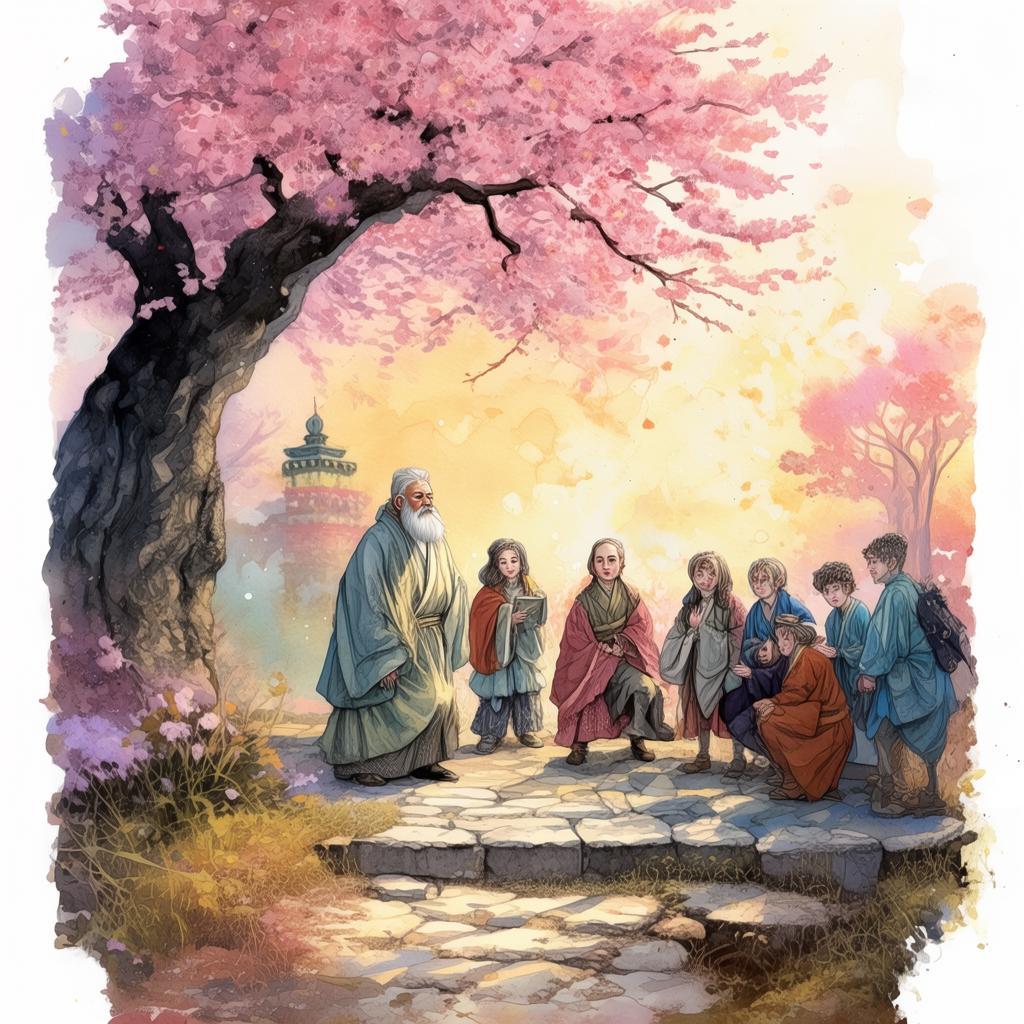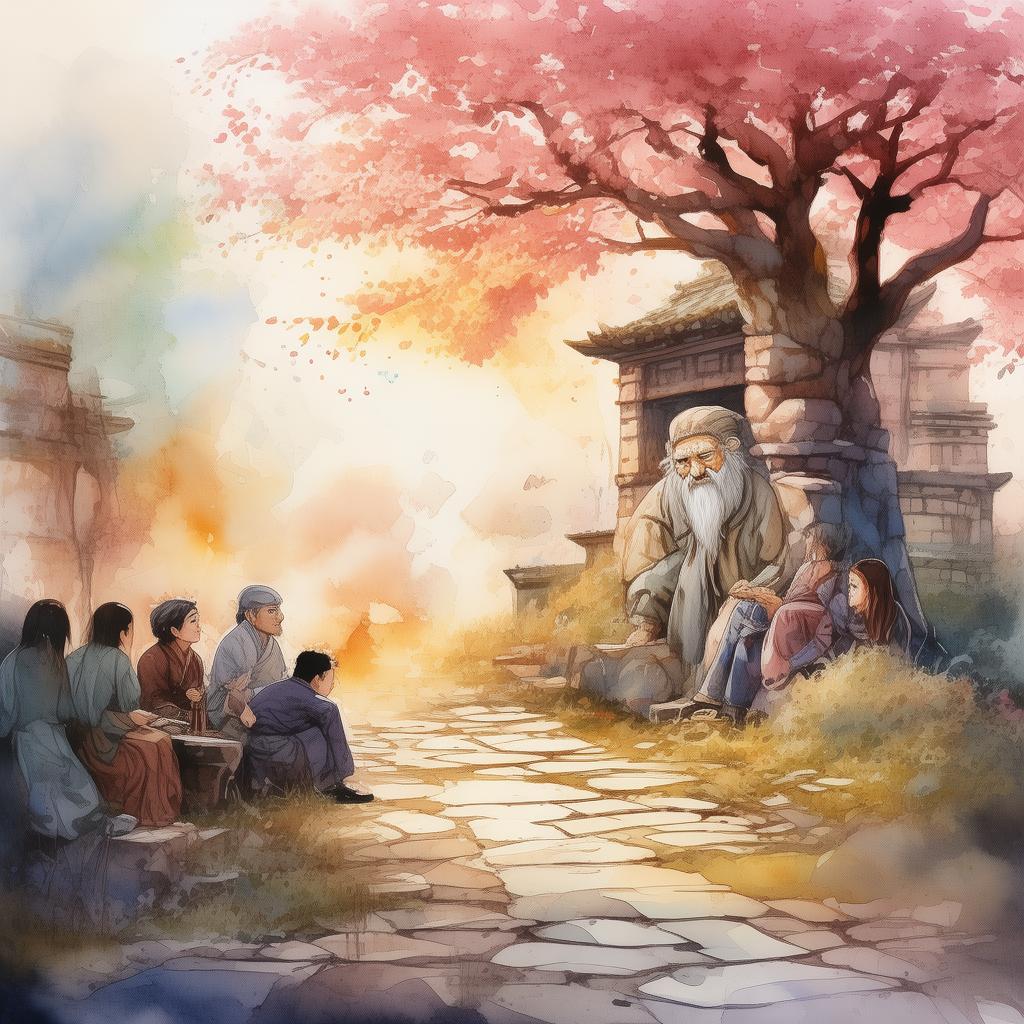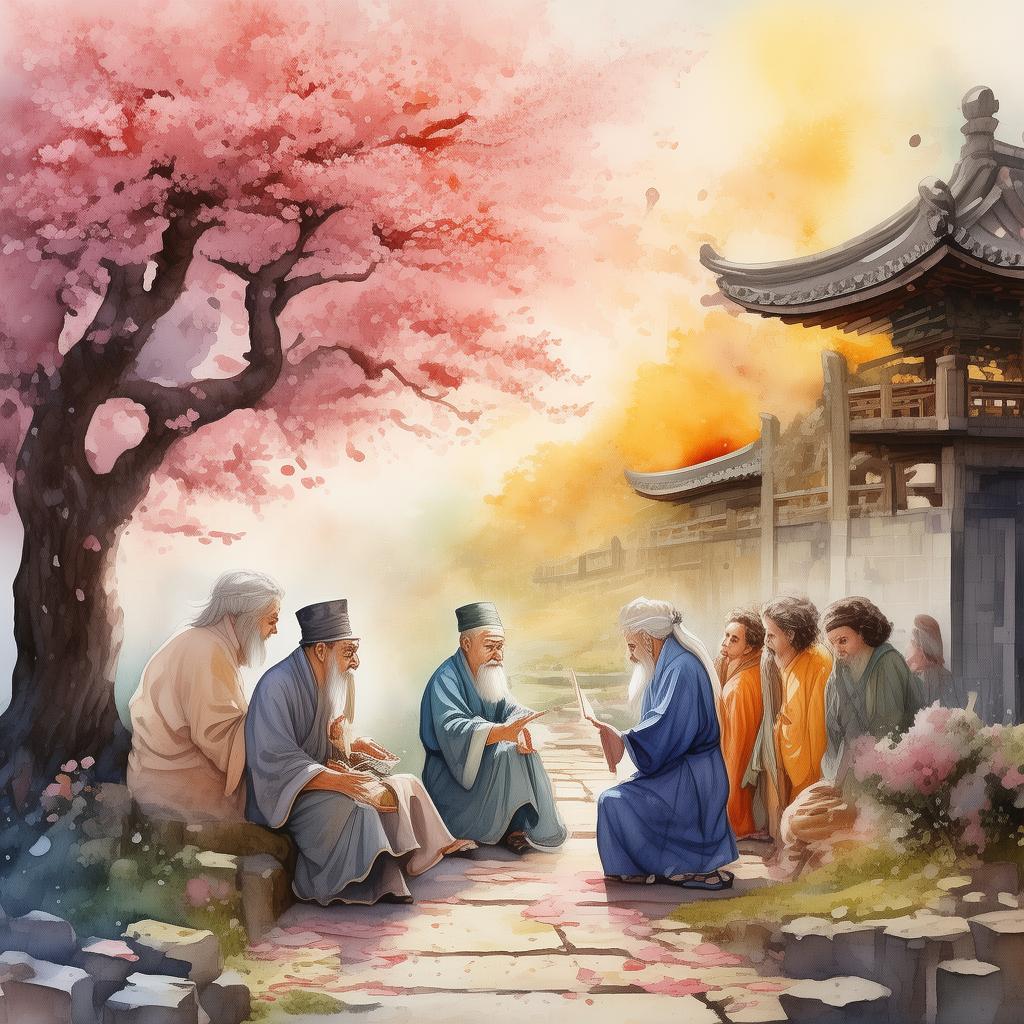The Golden Ratio Conundrum
In the ancient city of Alexandria, amidst the grandeur of the Library of Alexandria, there lived a young scholar named Kallias. Kallias was a man of great intellect and unyielding curiosity. He had spent years studying the works of the great philosophers, searching for the ultimate truth that lay beyond the veil of knowledge.
One day, while perusing the ancient scrolls, Kallias stumbled upon a cryptic reference to the "Golden Ratio of the Universe." The ratio, often denoted by the Greek letter phi (φ), was a mathematical proportion that appeared in nature, art, and architecture, suggesting a fundamental principle that governed the structure of the cosmos. Intrigued, Kallias became determined to uncover the secrets of this mysterious ratio.
Kallias sought out the most knowledgeable scholars of the time, but their explanations were often as cryptic as the original reference. Some spoke of the ratio as a divine proportion, while others saw it as a mere mathematical curiosity. Undeterred, Kallias decided to embark on a journey to uncover the truth for himself.
His first stop was the Great Pyramids of Giza, where he believed the ratio was encoded in the proportions of the structures. After days of meticulous study, Kallias discovered that the length of the pyramid's base was indeed in the ratio of φ to its height. However, this revelation only deepened his curiosity, as the ratio seemed to appear in countless other natural and man-made forms.
Next, Kallias traveled to the Parthenon in Athens, a masterpiece of ancient architecture. He measured the dimensions of the building and found that the ratio φ was evident in the proportions of the columns, the height of the pediments, and even the spacing of the statues. The evidence was overwhelming; the Golden Ratio seemed to be the very fabric of the universe.
As Kallias continued his journey, he encountered a diverse array of phenomena that defied explanation without the Golden Ratio. He observed the spiral patterns of seashells, the branching of trees, and the patterns of clouds. In each case, the ratio φ was present, suggesting that it was a universal principle that governed the growth and structure of life itself.
Yet, as Kallias delved deeper into his studies, he began to realize that the Golden Ratio was not merely a mathematical curiosity; it was a philosophical enigma that required a profound understanding of the nature of reality. He sought out the teachings of the great philosophers, Socrates, Plato, and Aristotle, hoping to find guidance in their works.
Through his studies, Kallias came to understand that the Golden Ratio was not just a mathematical proportion but a representation of the harmony and balance that underlay the universe. It was a reflection of the interconnectedness of all things, a reminder that the world was not random but governed by a set of principles that could be discerned through careful observation and contemplation.

As Kallias's journey continued, he began to notice a personal transformation. The pursuit of the Golden Ratio had opened his eyes to the beauty and order that existed in the world, and it had deepened his appreciation for the interconnectedness of all life. He found himself more attuned to the rhythms of the natural world, more in tune with the flow of life.
One day, while walking through the fields, Kallias encountered an old wise man who lived in solitude. The man recognized Kallias's quest and approached him, offering a piece of wisdom that would change his life forever.
"Kallias," the old man said, "the Golden Ratio is not just a mathematical proportion; it is a way of seeing the world. It is a reminder that in every moment, there is a balance to be found. Seek harmony in all things, and you will uncover the truth that lies beyond the veil of knowledge."
Kallias listened intently, and as the old man spoke, he realized that the Golden Ratio was not a mere mathematical curiosity but a key to understanding the nature of reality. He understood that the pursuit of the ratio was not just a journey of discovery but a journey of self-discovery.
With newfound clarity, Kallias returned to Alexandria, eager to share his insights with the world. He wrote extensively on the subject, combining philosophy, mathematics, and the natural sciences to create a comprehensive understanding of the Golden Ratio.
His works spread far and wide, inspiring generations of scholars to seek the harmony and balance that lay at the heart of the universe. Kallias's legacy lived on, a testament to the power of curiosity, the beauty of the natural world, and the profound truths that could be found through the pursuit of knowledge.
In the end, Kallias realized that the Golden Ratio was not just a mathematical proportion but a symbol of the interconnectedness of all things. It was a reminder that in every moment, there was a balance to be found, and that in seeking this balance, one could uncover the truth that lay beyond the veil of knowledge.
✨ Original Statement ✨
All articles published on this website (including but not limited to text, images, videos, and other content) are original or authorized for reposting and are protected by relevant laws. Without the explicit written permission of this website, no individual or organization may copy, modify, repost, or use the content for commercial purposes.
If you need to quote or cooperate, please contact this site for authorization. We reserve the right to pursue legal responsibility for any unauthorized use.
Hereby declared.









